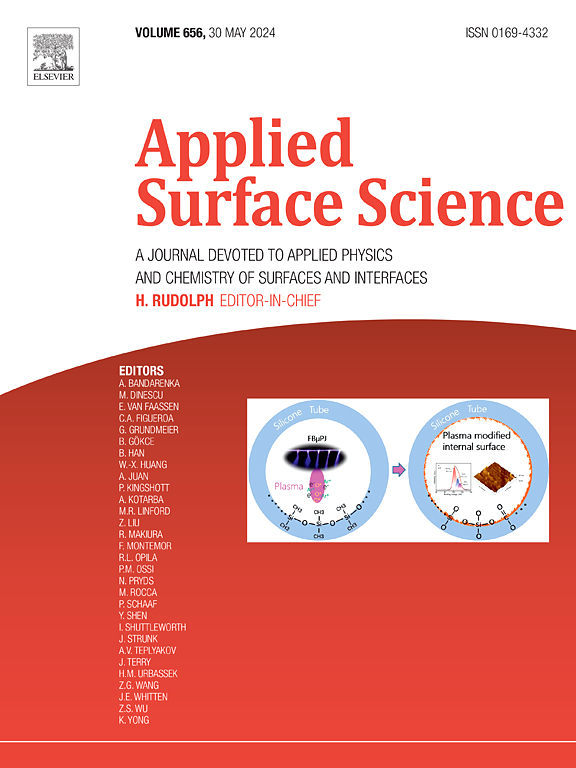Effect of combination of gas oxynitriding and selective laser treatment on structure, phase composition and wear resistance of high-strength titanium alloy
IF 6.3
2区 材料科学
Q2 CHEMISTRY, PHYSICAL
引用次数: 0
Abstract
This study reports on the synergistic effect of oxynitriding (ON) and selective laser treatment (LT) on the microstructure, phase composition, and tribological behavior of BT22 titanium alloy (Ti-5Al-5Mo-5 V-1Cr-1Fe). ON was performed according to a standard heat treatment regime, with nitrogen continuously supplied to the furnace. The oxygen, instead of nitrogen, was pumped in at the final stage of the process. The samples were selectively laser-treated to reach 900 °C on the surface, just above the temperature of α-β phase transition: one batch before and one after ON. Their properties were compared with an oxynitrided sample and an untreated sample. The X-ray diffraction (XRD) analysis, electron backscatter diffraction (EBSD) indicate a phase shift towards a more α-phase and the formation of titanium oxides and nitrides. Transmission electron microscopy (TEM) studies demonstrated the formation of a compound layer consisting of nitrides modified by oxygen and phase changes in the diffusion layer. According to a metallographic analysis, this innovative approach applies two effects to the alloy: one changes the structure of the diffusion layer, and the other alters the phase composition of the TiNO layers. The combination of ON and LT was the most beneficial for improving the BT22 titanium alloy’s wear resistance.

气体氧氮化与选择性激光复合处理对高强钛合金组织、相组成及耐磨性的影响
本研究报道了氧氮化(on)和选择性激光处理(LT)对BT22钛合金(Ti-5Al-5Mo-5 V-1Cr-1Fe)显微组织、相组成和摩擦学行为的协同作用。ON按照标准热处理制度进行,氮气持续供应到炉中。在这个过程的最后阶段,泵入的是氧气而不是氮气。样品经过选择性激光处理,表面温度达到900 °C,刚好高于α-β相变温度:on前后各处理一批。将其性能与氧氮化样品和未处理样品进行了比较。x射线衍射(XRD)和电子背散射衍射(EBSD)分析表明,钛的相向α-相转移,形成了钛的氧化物和氮化物。透射电子显微镜(TEM)研究表明,由氧修饰的氮化物和扩散层的相变组成的化合物层的形成。根据金相分析,这种创新的方法对合金产生了两种影响:一是改变了扩散层的组织,另一是改变了TiNO层的相组成。ON和LT的结合对提高BT22钛合金的耐磨性最为有利。
本文章由计算机程序翻译,如有差异,请以英文原文为准。
求助全文
约1分钟内获得全文
求助全文
来源期刊

Applied Surface Science
工程技术-材料科学:膜
CiteScore
12.50
自引率
7.50%
发文量
3393
审稿时长
67 days
期刊介绍:
Applied Surface Science covers topics contributing to a better understanding of surfaces, interfaces, nanostructures and their applications. The journal is concerned with scientific research on the atomic and molecular level of material properties determined with specific surface analytical techniques and/or computational methods, as well as the processing of such structures.
 求助内容:
求助内容: 应助结果提醒方式:
应助结果提醒方式:


